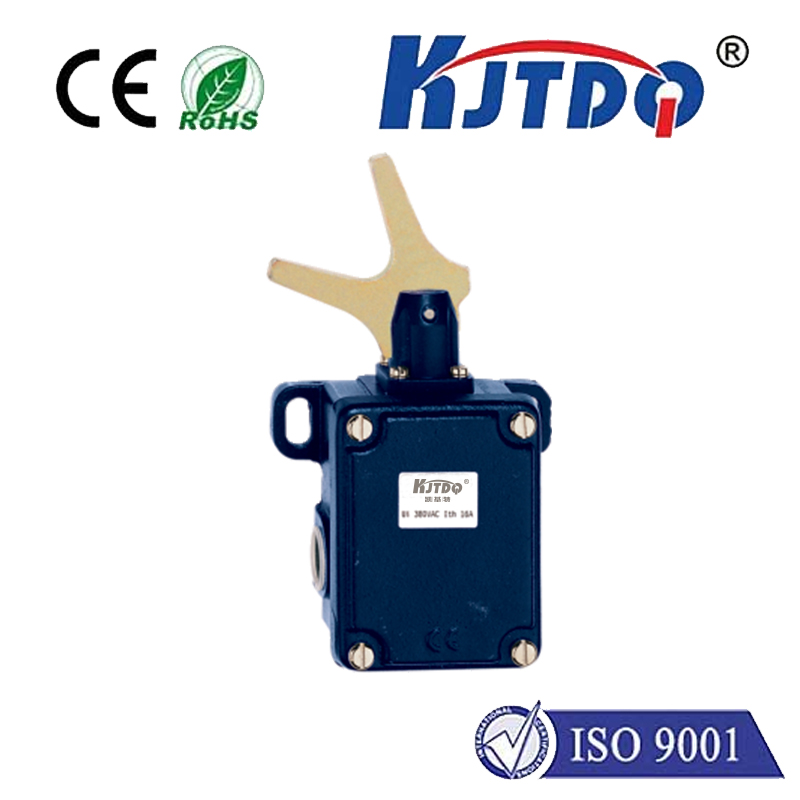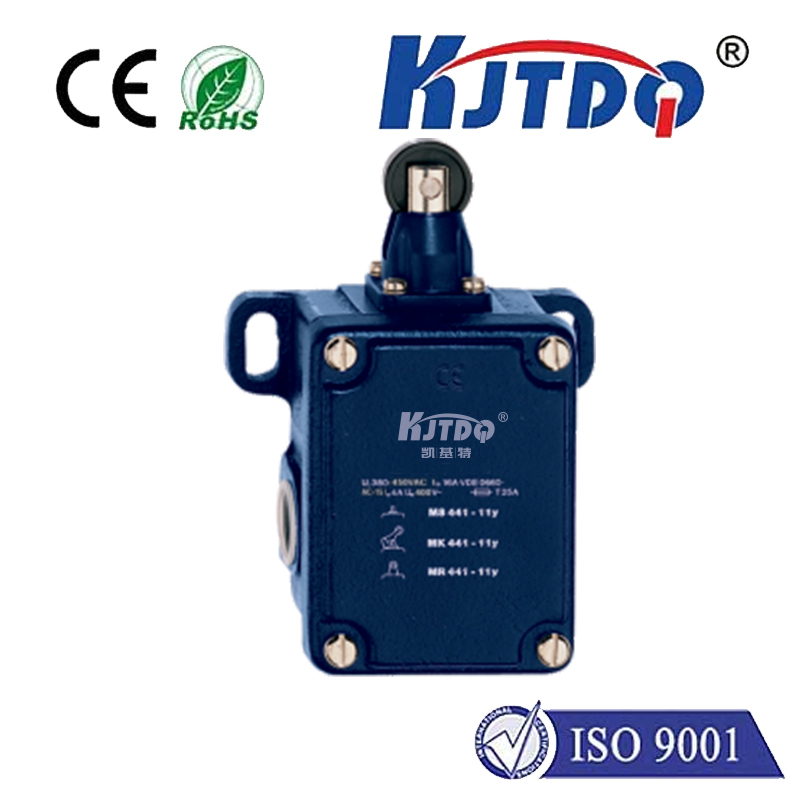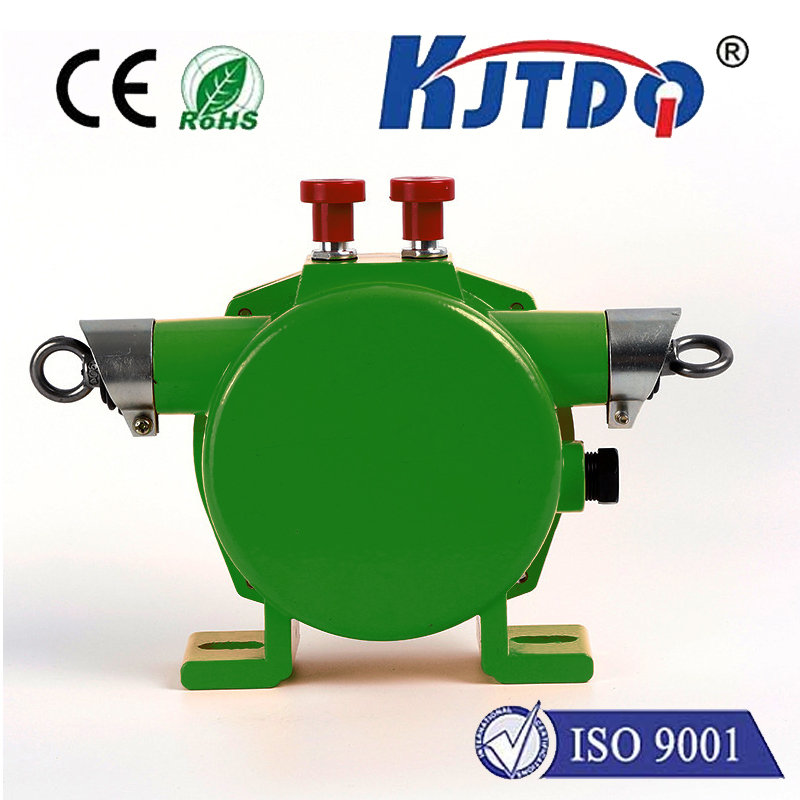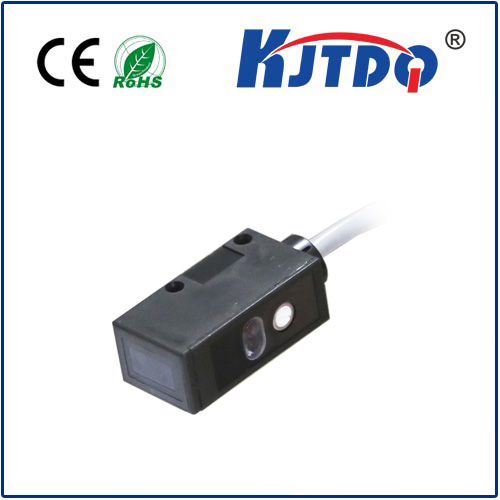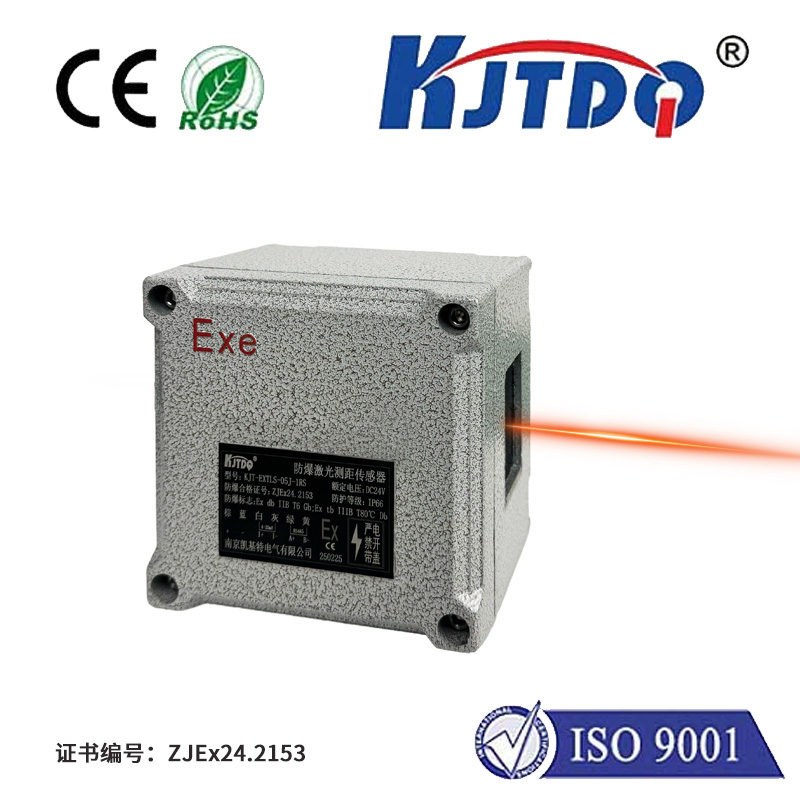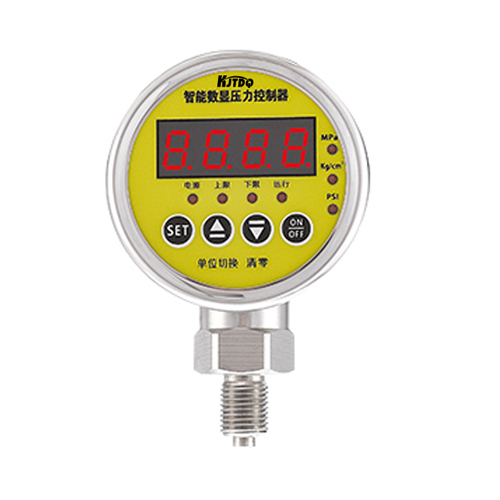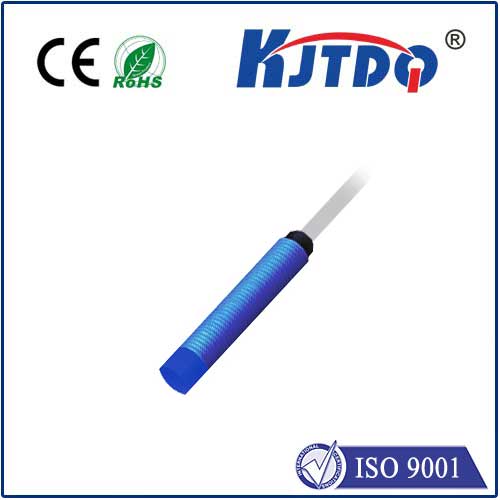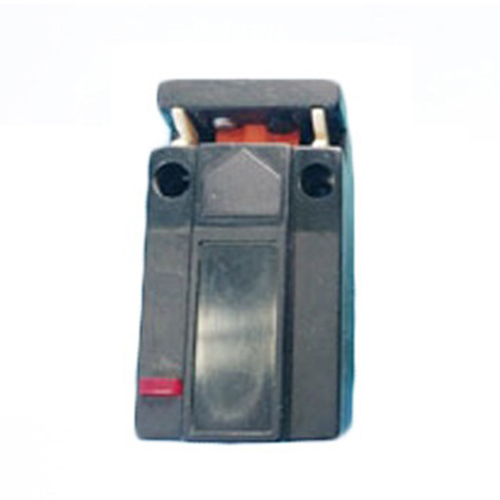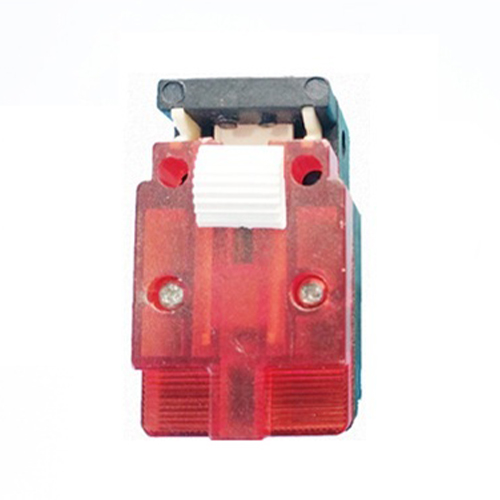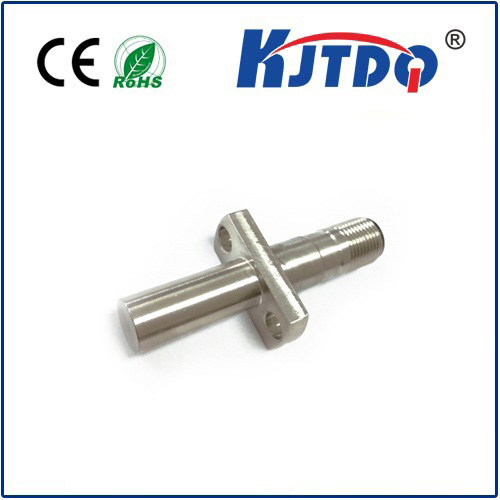Low Power Radar Sensor: Enhancing Safety and Efficiency in Modern Systems
In today’s rapidly evolving technological landscape, the demand for energy-efficient and reliable sensors has never been higher. Among the various types of sensors, the low power radar sensor has emerged as a critical component in modern systems, offering significant advantages in terms of energy consumption and operational longevity. This article explores the concept of low power radar sensors, their applications, and their growing importance in various industries.
A low power radar sensor is a type of radar system designed to operate with minimal energy consumption while maintaining high precision and reliability. Unlike traditional radar systems that often require significant power inputs, these sensors are engineered to minimize power usage without compromising performance. This makes them ideal for applications where power efficiency is a priority, such as in autonomous vehicles, industrial automation, and environmental monitoring systems.

The key to the success of low power radar sensors lies in their advanced design and integration of energy-saving technologies. These sensors typically use low-power microprocessors and optimized signal processing algorithms to reduce energy consumption. Additionally, they often incorporate adaptive power management features that adjust power usage based on operational needs, ensuring that energy is used efficiently without sacrificing performance.
One of the most significant advantages of low power radar sensors is their ability to operate in a wide range of environments. Whether it’s detecting obstacles in a vehicle’s surroundings, monitoring environmental conditions, or tracking objects in a factory, these sensors provide reliable data with minimal power drain. This makes them particularly valuable in applications where continuous operation is required, such as in unmanned aerial vehicles (UAVs), smart cities, and agricultural monitoring systems.
Another benefit of low power radar sensors is their long operational life. Since they consume less power, they can be used in systems that require extended uptime without frequent recharging or replacement. This is especially important in applications such as industrial automation, where sensors must operate continuously to ensure smooth and uninterrupted processes.
In addition to energy efficiency, low power radar sensors are also highly versatile. They can be integrated into a variety of systems, from small-scale devices to large industrial infrastructures. Their adaptability allows them to be tailored to specific needs, making them a flexible solution for a wide range of applications.
As technology continues to advance, the role of low power radar sensors is expected to grow even further. With the increasing demand for energy-efficient solutions, these sensors are becoming a standard component in many modern systems. Their integration into autonomous vehicles, smart cities, and industrial automation is paving the way for a more efficient and sustainable future.
In conclusion, low power radar sensors represent a significant advancement in sensor technology, offering a balance between performance and energy efficiency. As industries continue to evolve, the importance of these sensors will only increase, driving innovation and efficiency in a wide range of applications.
